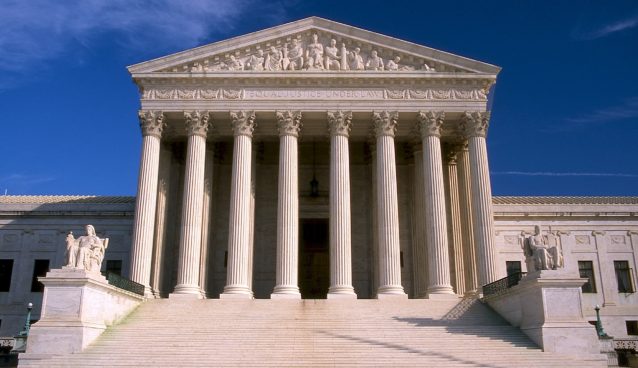Do We Need Nine Supreme Court Justices?

Even after the November election Sen. Ted Cruz vowed to continue to block the appointment of a replacement Supreme Court justice. The Republican senator maintains that the country’s highest court does not need nine members to operate and may even be better off with fewer justices.
Conservatives Call for Smaller Supreme Court
Several conservative legal scholars have also advanced the idea of reducing the size of the Supreme Court. “It is time to shrink the stakes by shrinking the Court itself. Bluntly put, the Supreme Court should be smaller so that it can do less harm,” Minneapolis law professor Michael Stokes Paulsen recently wrote in the National Law Review. Citing the need to curb judicial activism, the conservative legal scholar suggested that Congress could reduce the size of the Court by statute or by refusing to confirm any new justices until the number on the bench dwindles to six.
Writing for The Federalist, Ilya Shapiro of the Cato Institute, agreed. He wrote: “As a matter of constitutional law, the Senate is fully within its powers to let the Supreme Court die out, literally.” He added: “I’m not sure such a position is politically tenable — barring some extraordinary circumstance like overwhelming public opinion against the legitimacy of the sitting president — but it’s definitely constitutional.”
Reshaping the Size of the Supreme Court
Under the U.S. Constitution, “[t]he judicial Power of the United States, shall be vested in one supreme Court, and in such inferior Courts as the Congress may from time to time ordain and establish.” In addition, Article III provides that the President is authorized to appoint Supreme Court justices with the “advice and consent of the Senate.”
Congress officially created the Supreme Court under the Judiciary Act of 1789. It set the number of justices at six, one chief justice and five associate justices. In addition to serving on the country’s highest court, the Judiciary Act of 1789 also required the Supreme Court justices to sit on the U.S. circuit courts located throughout the country. In 1807, Congress increased the number of justices to nine to account for the growing number of circuit courts. With the addition of the Tenth Circuit in 1863, the number grew to 10.
In 1866, Congress enacted the Judicial Circuits Act. It reduced the number of justices to seven and prohibited the appointment of any new justices until that number was reached. However, three years later, Congress expanded the Court again. The Judiciary Act of 1869 increased the size of the Supreme Court to one Chief Justice and eight associate justices and established separate judgeships for the U.S. circuit court Today, the number of associate justices is still fixed at eight.
Of course, just because the size of the Supreme Court has been reduced in the past doesn’t necessarily make it a good idea now. While there is precedent for smaller Court, there has never been such a long vacancy. There is also no proof than six justices will change the dynamics of the Court. In fact, it may even lead to more deadlocks. “It’s much more difficult for us to do our job if we are not what we’re intended to be — a court of nine,” Justice Sonia Sotomayor recently said. The current eight-member Court reached 4-4 ties in crucial cases last year and has been slow to grant cert in cases involving significant constitutional issues. “When we are evenly divided, it is equivalent to denying review,” Justice Ruth Bader Ginsburg said.
